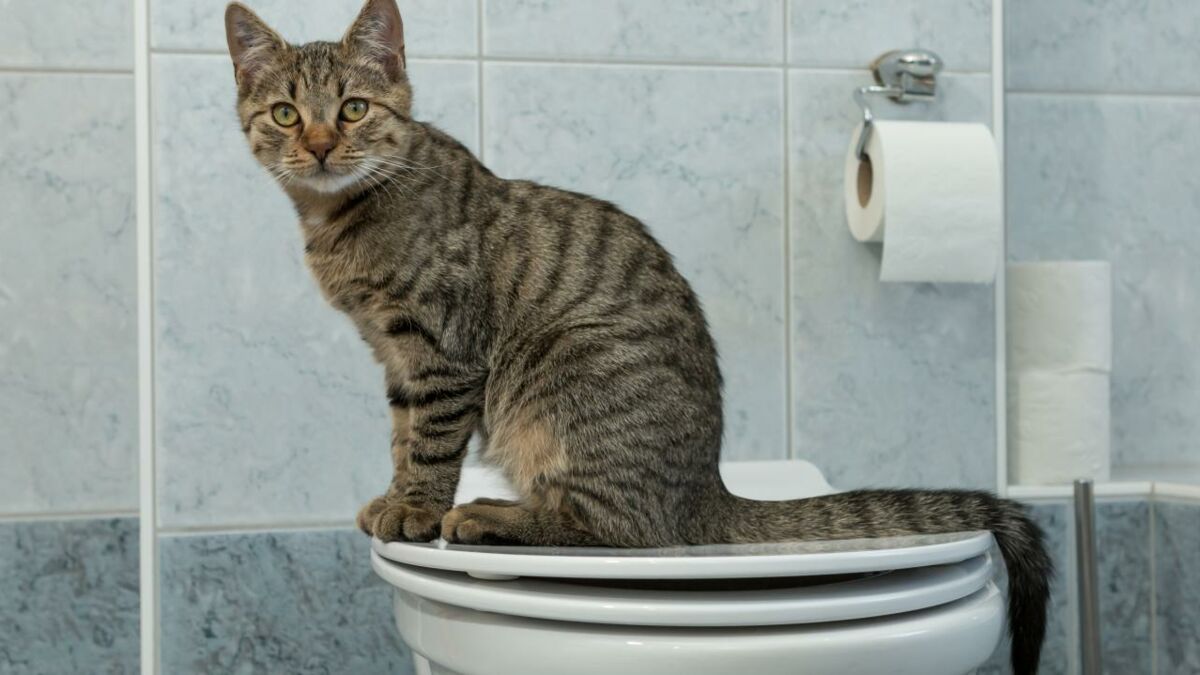They are making a number of great pointers on Can You Flush Cat Poop Down The Toilet? as a whole in the article further down.

Introduction
As pet cat owners, it's necessary to be mindful of just how we get rid of our feline good friends' waste. While it might appear convenient to flush feline poop down the commode, this method can have damaging effects for both the atmosphere and human wellness.
Alternatives to Flushing
Luckily, there are safer and more accountable means to deal with feline poop. Take into consideration the following alternatives:
1. Scoop and Dispose in Trash
One of the most usual method of disposing of feline poop is to scoop it right into an eco-friendly bag and toss it in the garbage. Be sure to utilize a devoted trash scoop and deal with the waste quickly.
2. Use Biodegradable Litter
Select eco-friendly pet cat trash made from materials such as corn or wheat. These clutters are environmentally friendly and can be securely gotten rid of in the trash.
3. Bury in the Yard
If you have a backyard, take into consideration hiding feline waste in an assigned area away from veggie yards and water resources. Make sure to dig deep enough to prevent contamination of groundwater.
4. Install a Pet Waste Disposal System
Buy a family pet garbage disposal system particularly designed for pet cat waste. These systems make use of enzymes to break down the waste, decreasing smell and ecological impact.
Wellness Risks
Along with environmental problems, purging cat waste can additionally present health threats to people. Pet cat feces may contain Toxoplasma gondii, a bloodsucker that can cause toxoplasmosis-- a possibly severe health problem, especially for pregnant ladies and individuals with weakened body immune systems.
Environmental Impact
Purging cat poop introduces unsafe microorganisms and bloodsuckers into the supply of water, posturing a considerable threat to aquatic ecological communities. These contaminants can negatively affect aquatic life and concession water quality.
Final thought
Accountable pet dog possession extends beyond supplying food and sanctuary-- it additionally involves proper waste management. By refraining from flushing feline poop down the bathroom and selecting different disposal approaches, we can minimize our environmental footprint and protect human health.
Why Can’t I Flush Cat Poop?
It Spreads a Parasite
Cats are frequently infected with a parasite called toxoplasma gondii. The parasite causes an infection called toxoplasmosis. It is usually harmless to cats. The parasite only uses cat poop as a host for its eggs. Otherwise, the cat’s immune system usually keeps the infection at low enough levels to maintain its own health. But it does not stop the develop of eggs. These eggs are tiny and surprisingly tough. They may survive for a year before they begin to grow. But that’s the problem.
Our wastewater system is not designed to deal with toxoplasmosis eggs. Instead, most eggs will flush from your toilet into sewers and wastewater management plants. After the sewage is treated for many other harmful things in it, it is typically released into local rivers, lakes, or oceans. Here, the toxoplasmosis eggs can find new hosts, including starfish, crabs, otters, and many other wildlife. For many, this is a significant risk to their health. Toxoplasmosis can also end up infecting water sources that are important for agriculture, which means our deer, pigs, and sheep can get infected too.
Is There Risk to Humans?
There can be a risk to human life from flushing cat poop down the toilet. If you do so, the parasites from your cat’s poop can end up in shellfish, game animals, or livestock. If this meat is then served raw or undercooked, the people who eat it can get sick.
In fact, according to the CDC, 40 million people in the United States are infected with toxoplasma gondii. They get it from exposure to infected seafood, or from some kind of cat poop contamination, like drinking from a stream that is contaminated or touching anything that has come into contact with cat poop. That includes just cleaning a cat litter box.
Most people who get infected with these parasites will not develop any symptoms. However, for pregnant women or for those with compromised immune systems, the parasite can cause severe health problems.
How to Handle Cat Poop
The best way to handle cat poop is actually to clean the box more often. The eggs that the parasite sheds will not become active until one to five days after the cat poops. That means that if you clean daily, you’re much less likely to come into direct contact with infectious eggs.
That said, always dispose of cat poop in the garbage and not down the toilet. Wash your hands before and after you clean the litter box, and bring the bag of poop right outside to your garbage bins.
https://trenchlesssolutionsusa.com/why-cant-i-flush-cat-poop/

We were shown that editorial about Can You Flush Cat Poop Down The Toilet? from a good friend on our other web page. For those who appreciated our page if you please make sure you remember to share it. I praise you for your time. Don't forget to visit our blog back soon.
Go Deal Now
Comments on “The Risks of Disposing Cat Poop in Your Toilet - Preventive Measures”